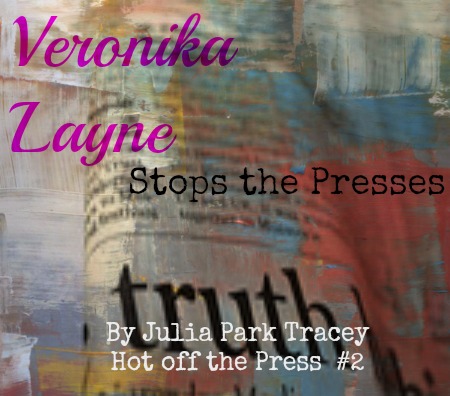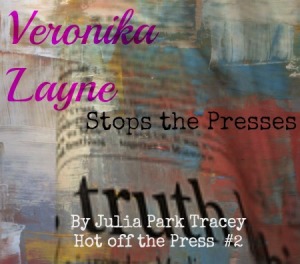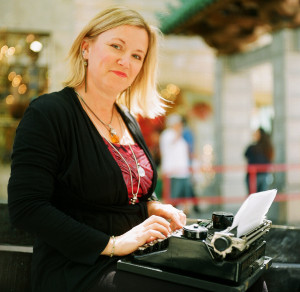I know I wrote on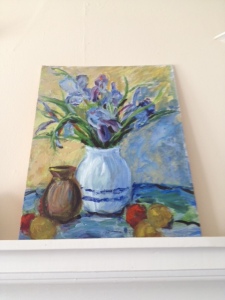
What is your working title of your book (or story)?
Veronika Layne Has a Nose for News: #2 in the Hot Off the Press Series
Where did the idea come from for these books?
I wanted Veronika to have some more adventures, of course, but my friend Woody Minor told me a true story about a local Victorian house that possibly had Gold Rush coins hidden in the walls. I took that idea and ran with it.
What genre do your books fall under?
Veronika is a mystery. My Hot Off the Press series is suspenseful and romantic, but closer to NA mystery than anything else. You could also call them chick-lit but NA (New Adult) is the preferred term these days.
What is the one-sentence synopsis of your book?
Veronika Layne chases a story about a Hollywood real estate house flipper, mysterious gold coins, and why someone is buying up old houses on San Pedro Island.
Will your book(s) be self-published or represented by an agency?
Booktrope, a hybrid publisher, is representing my Veronika Layne series, as well as Tongues of Angels.
How long did it take you to write the first draft of your manuscript?
I wrote this quickly, as a NaNoWriMo project — thirty days! But revisions took quite a bit longer. I revised for several months after that. it’s a short book, just 50,000 words, so it goes fast, both reading and writing.
What other books would you compare this story to within your genre?
I think you can compare Veronika Layne Has a Nose for News with anything that Dick Francis wrote — it has the same steeped-in-her-occupation as Francis’s jockeys or other MCs. You could also compare Veronika with Bridget Jones, for getting into sticky situations and feeling like a flop.
Who or what inspired you to write this book?
My friend Woody gave me the idea, but I have been nurturing Veronika Layne inside of me for some time. She has the characteristics of my daughters — smart, feminist, fun — with the shrewd journalist I longed to be. She has some of my insecurities but she hasn’t yet attained wisdom. I’m enjoying watching her grow as a woman and as a reporter.
I also included a character named Flo who was a real-life sweet friend and neighbor of ours who painted beautiful florals and still lifes. I have several of her paintings. The story about Flo is mostly true. Here’s some of the real Flo’s work:
I still miss Flo today, and was happy I could include her in this sub-plot about a talented artist who acts as Veronika’s surrogate grandmother. These paintings are in my office and I see and love them every day.




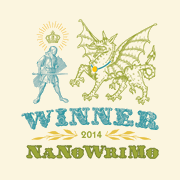
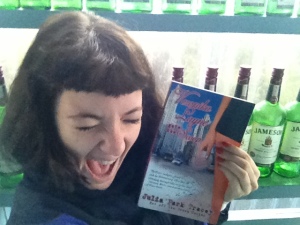 read
read 